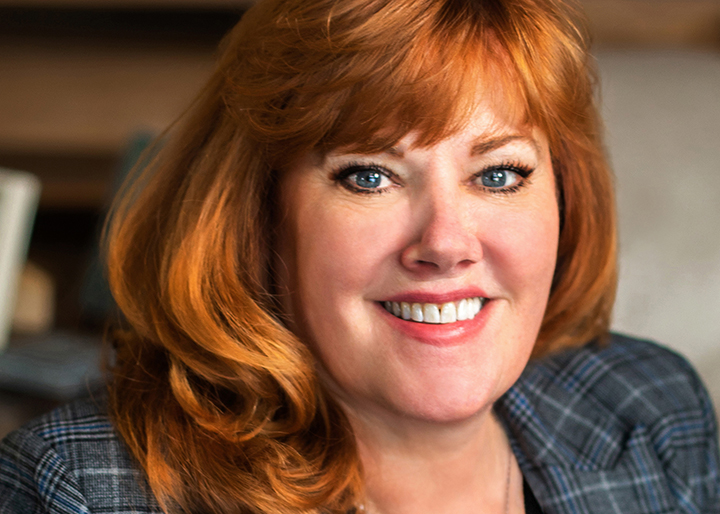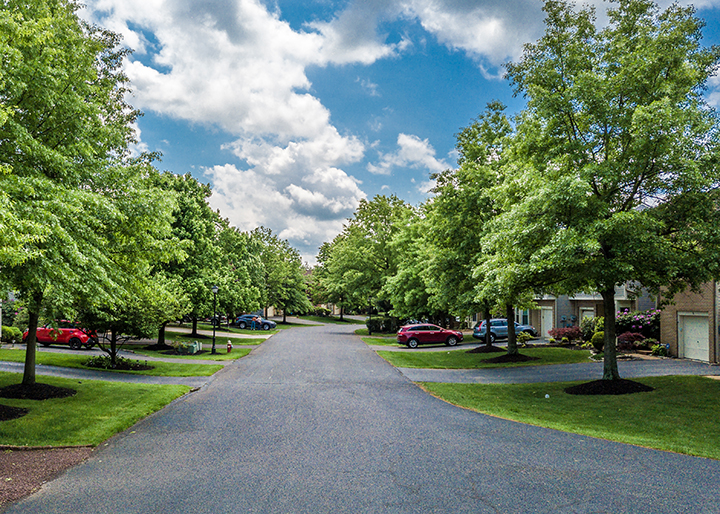Tami Bonnell
Childhood Lessons Taught Me to be a CEO By Tami Bonnell Real estate was always a part of my life. I did not exactly grow up in the typical real estate family of people listing and selling; my dad was involved in building and developing. He had an eye for two things, people and possibilities. I am one of six children and one of the best things we were ever
Read More












